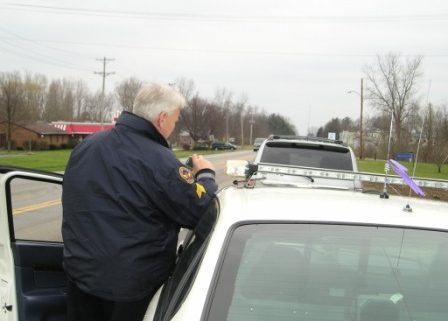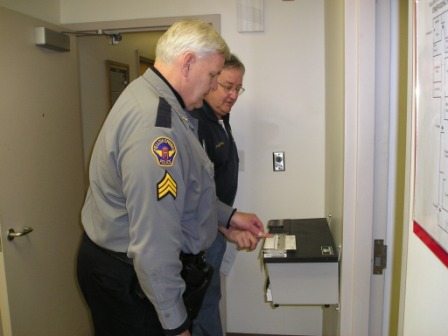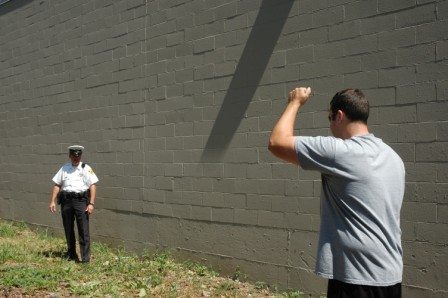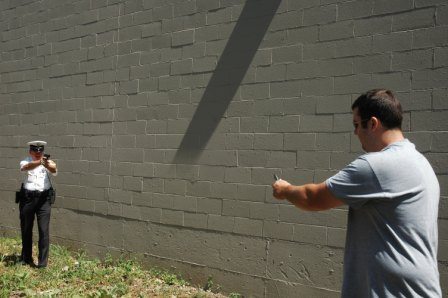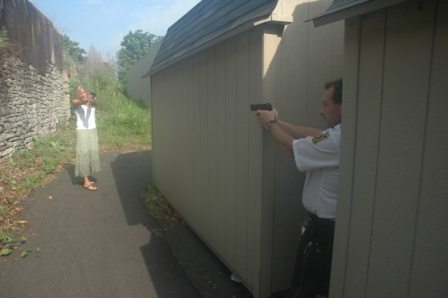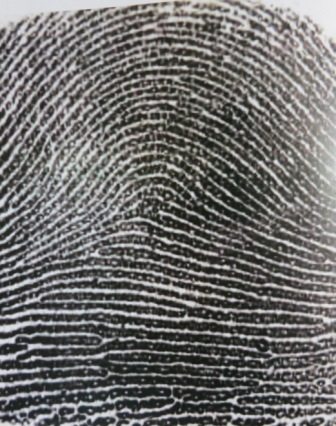In the coming weeks, dairy farmers from each county in the continental U.S. will begin the arduous task of reviewing all mystery and thriller books. Yes, these farmers, cow pokes, and manure-movers will put down their pitchforks, switch off their John Deere tractors, and begin turning pages. Yet, and I think it’s safe to say, most have absolutely no experience as editors or writers. In fact, some of them have probably never read an entire mystery book, like I’ve never read books on farming. Not one. Still, county, city, and state governments have decided that the bovine farmers will have the final say as to whether or not your books will make it, or not.
Actually, a single thumbs-down review by “Mort the Morning Milker” will result in the author’s banishment from writing, confiscation of all computers and pens and paper, and the immediate termination of internet service (no more Facebook or Twitter). It’s the law because elected officials say it’s the law, and they know best, right?
Anyway, you, as a writer, if banished by the milkers, will be immediately ejected from all writing organizations and critique groups. In short, your life’s dream and career will soon be in the hands of people who don’t have a flippin’ clue about your vocation.
Is it fair? Certainly not. But I understand that soon to follow will be landscapers critiquing the landing techniques of jet pilots. Daycare employees are on schedule to begin pointing out flaws in the design of all ballistic missile submarines. Me…well, my first order of business is to have someone round out the corners on Picasso’s The Three Musicians (people don’t have square and rectangular legs, you know).
Absurd, huh? Doggone right it’s absurd. Crazy even.
So I ask you, then, what on earth makes officials in the city of Pasadena, Ca. think the average “Joe and Jane Citizen” are qualified to determine whether or not a police officer is justified in his/her decision to use force? Who knows, but that’s exactly what they’re planning to do (have police review boards made up entirely of average citizens).
Honestly, it’s difficult enough for those of us who’ve worked in the field to come to those conclusions. However, as experts using many years of training and experience as a basis for our determinations, we can generally place ourselves in a position similar to what the officer(s) in question faced at the time of the incident.
A civilian, however, who’s most likely never been in a physical confrontation of any kind, especially one where the use of deadly force is necessary, has no experience or training to draw on as a basis for forming a logical and educated conclusion. Mostly what they have to go on is someone’s testimony or written words, and possibly a video or aftermath photos, and that’s it. And that’s not enough. Not even close.
Perception of threat, escape, harm, etc. at the exact time of an incident is a crucial factor when determining when or if to use force. How an officer (or anyone else for that matter) perceives an immediate (imminent) threat is also crucial when determining what level of force is necessary.
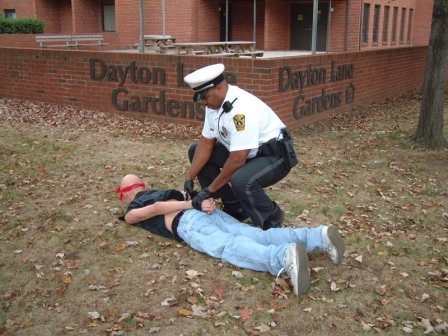
Is this guy going to escape and harm someone else? Is this person going to harm me? Is this person who’s holding what appears to be a weapon…well, is he going to kill me if I don’t stop him?
How long does an officer have to make those determinations? Sometimes a fraction of a second—not even a whole second…think about it—, and it is extremely difficult for a police review board to know what an officer experienced at the exact moment the incident occurred. But police officers usually have some idea because they’ve “been there, done that” even if it was only in a training capacity. It is, however, IMPOSSIBLE for an untrained, inexperienced civilian—a “Mort The Milker”—to sit in a meeting room several weeks after a legitimate use of force incident occurred and make any sort of educated determination based solely on photos, videos, statements, etc.
Nope, these decisions cannot be accurately made by an average civilian any more than the average Mort The Milker should be scrutinizing the latest Dean Koontz novel, hunting for dangling modifiers and the correct usage of lay and lie. I do agree, however, that strong checks and balances be in place. And I agree that they should be utilized whenever needed. Err on the side caution. Review all cases, if necessary. But the reviews should be conducted by people with education and/or experience in the field.
One way civilians can educate themselves is to sign up to shoot FATS (firearms training simulator) or a similar system. And when they do, it’ll take approximately two minutes to make a believer out of them. In fact, ask anyone who’s participated in the FATS training at the Writers’ Police Academy. Lots of doubting writers enter the room as skeptics, but they come out believers in having to experience “the moment” to truly understand.
Use of force is a serious matter, one that shouldn’t be taken lightly. Nor should force be used unnecessarily and/or without justification. Never.
BUT…dairy farmers should stick to what they know best, milking cows. And Joe and Jane Citizen should do the same (stick to what they know), and leave policing to those who know the business. Unless, Joe and Jane want to and are able to take the time to learn about what it is they’re tasked to judge. And they must leave emotions and media opinions at the door, along with their own personal beliefs about police officers. This would not be the time to seek revenge for receiving a traffic ticket. After all, we’re talking about someone’s life, and someone’s dreams, and someone’s career, and someone’s family. And it could all be over with a “thumbs down” verdict by a citizen with a vendetta. But, if the officer was indeed wrong in his actions, then so be it. And the truth will come out without a lot of digging.
I believe the fair way to handle this is to have a panel consisting of both civilians and police officers. But with the mixed panel comes the possibility of a draw, and who gets the job as tie-breaker?
I, for one, know what it’s like to have bullets zinging by your head. I also know what it’s like to use deadly force, and it’s a gut-wrenching experience—both killing someone and then waiting to hear, even though I knew, that the shoot was justified.
Still, I’m comfortable in knowing I did the right thing in that particular situation. No doubt whatsoever.
What I’m not comfortable with, though, is dairy farming, because I know nothing about it, which is why you’ll never hear of me passing judgement on Mort’s milking mannerisms.
Now, Pablo, about that painting…you do know that people don’t have eyes on the side of the head, right? And the nose, it goes between the eyes…geez…
At no time were any cows, writers, or dairy farmers hurt during the writing of this article. Also, any implication that farmers or writers are less than intelligent, well, that’s your conclusion, not mine. Some of my best friends and family members are farmers and they’re far more successful than I could ever hope to be….an theys probly better righters than me too.






